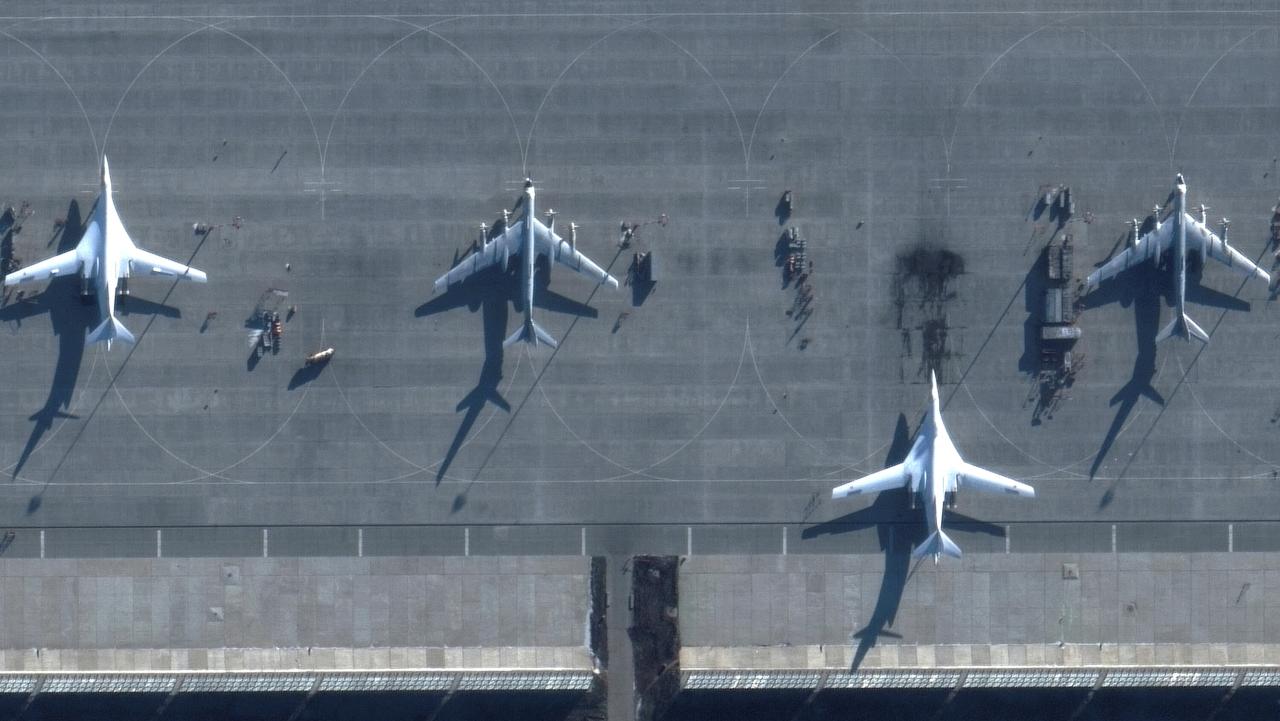Ukraine drone attack on russia – Ukraine drone attacks on Russia represent a significant escalation in the ongoing conflict, showcasing the evolving nature of modern warfare. These attacks, targeting both military and civilian infrastructure within Russian territory, have raised numerous questions regarding strategic objectives, technological capabilities, and international implications. This analysis delves into the specifics of these operations, examining the types of drones employed, the impact on Russian military capabilities, the international response, and the role of Western military aid.
The frequency and geographic targeting of these drone strikes are crucial aspects to understand. Analysis of the attacks reveals patterns in location selection, likely driven by strategic considerations to disrupt Russian military operations or to inflict symbolic damage. The types of drones used, their range, payload capacity, and technological sophistication, are also key factors determining the effectiveness and potential escalation of the conflict.
Furthermore, the international community’s reaction and the implications for the broader geopolitical landscape are significant elements warranting close examination.
Ukrainian Drone Attacks on Russia
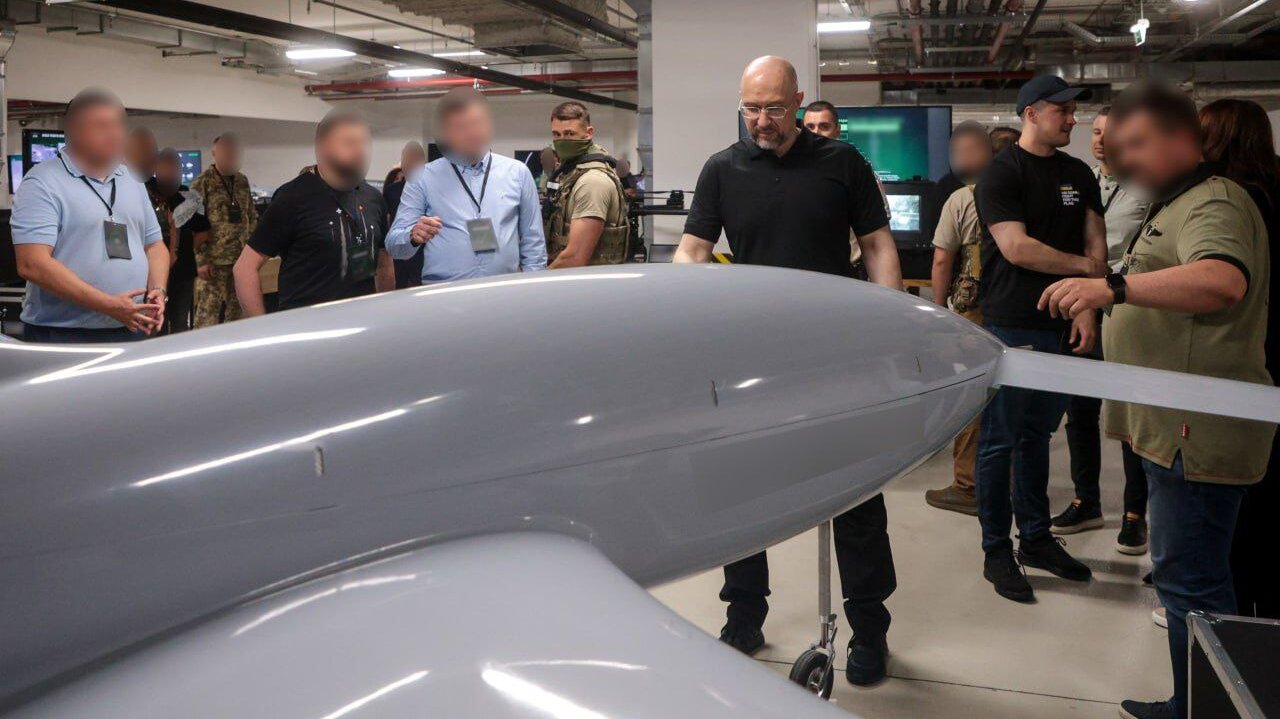
The increasing frequency and sophistication of Ukrainian drone attacks on Russian territory represent a significant escalation in the ongoing conflict. These attacks, while controversial, are shaping the battlefield dynamics and garnering considerable international attention. This analysis examines the geographic targeting, drone types employed, impact on Russian military infrastructure, countermeasures, international reactions, and the role of Western military aid.
Geographic Targeting of Drone Attacks
Ukrainian drone attacks have primarily targeted regions in southwestern and western Russia, with a focus on areas near the border with Ukraine and strategically important military and infrastructure hubs. These locations are chosen for their proximity to the conflict zone, allowing for easier deployment and potentially minimizing flight time, increasing the likelihood of successful strikes. The frequency of attacks targeting military infrastructure appears to outweigh those against civilian targets, although this ratio is constantly evolving and subject to reporting biases.
| Location | Date | Target Type | Estimated Damage |
|---|---|---|---|
| Pskov Oblast | August 2023 | Military Airfield | Multiple aircraft damaged |
| Bryansk Oblast | Multiple dates in 2023 | Fuel depots, military installations | Varying levels of damage reported |
| Krasnodar Krai | May 2023 | Oil refinery | Significant disruption to operations |
| Moscow | Multiple dates in 2023 | Residential areas, government buildings | Limited physical damage, significant psychological impact |
| Belgorod Oblast | Ongoing since 2022 | Military bases, infrastructure | Reports of damage vary widely |
Types of Drones Used and Their Capabilities, Ukraine drone attack on russia
The Ukrainian drone attacks utilize a variety of unmanned aerial vehicles (UAVs), likely including both commercially available drones modified for military use and potentially some domestically produced or Western-supplied systems. The specific models remain largely undisclosed for operational security reasons. However, analysis of attack footage and reported capabilities suggest a range of operational parameters.
Recent drone attacks on Russian territory by Ukraine have highlighted the evolving nature of modern warfare. The sophisticated technology involved contrasts sharply with the more entertainment-focused applications, such as those showcased at the impressive florida drone show , which demonstrates the potential for both destructive and creative uses of drones. Ultimately, the Ukrainian drone attacks underscore the increasingly blurred lines between military and civilian drone technology.
Visual Representation of Three Drone Types: Imagine three distinct drone profiles. Drone A, a smaller, relatively short-range drone, would be depicted as a compact, lightweight design, suitable for covert operations with a limited payload capacity. Drone B, a medium-range drone, would be shown as larger, with increased wingspan for longer flights and a greater payload capacity, suitable for carrying larger explosives. Drone C, a longer-range drone, would be illustrated as a more robust design with greater endurance and potentially a higher operational altitude, able to carry heavier payloads and evade detection for longer periods.
Impact on Russian Military Infrastructure
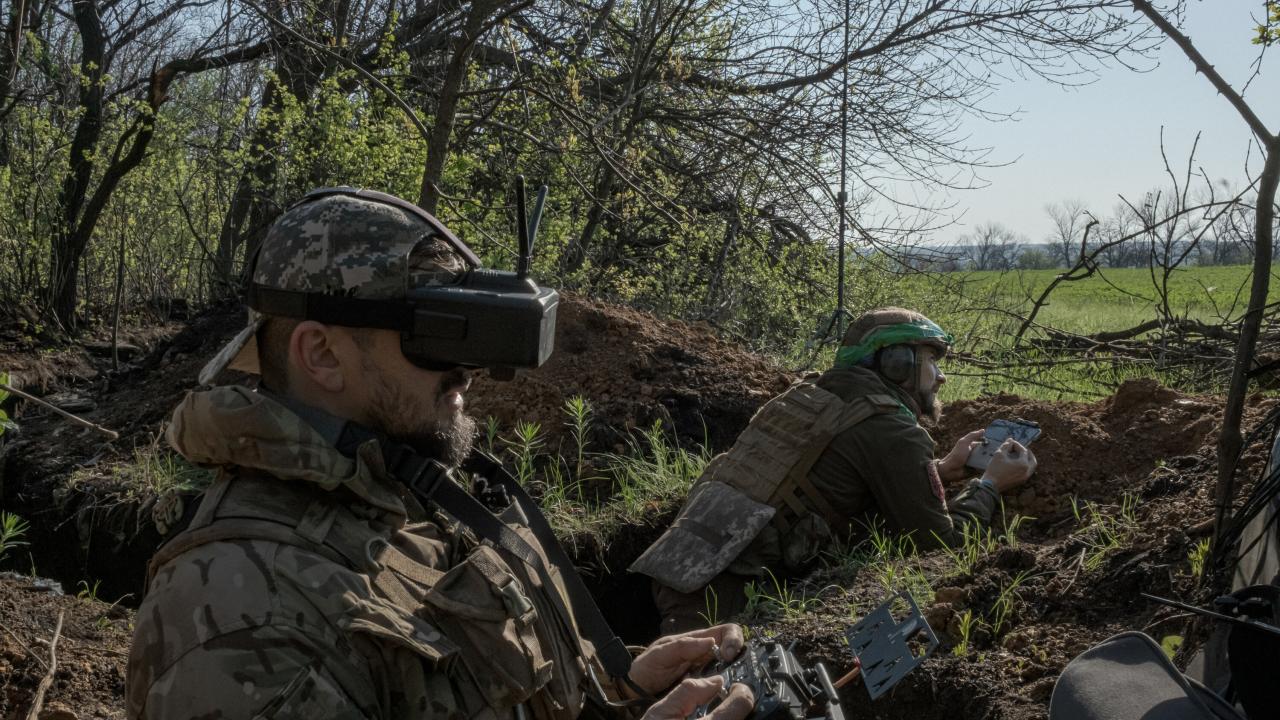
The drone attacks have demonstrably impacted Russian military readiness and logistics. While the overall strategic effect is still debated, these attacks have undoubtedly caused damage and disruption.
- Damage to and destruction of military aircraft at airfields.
- Disruption of fuel and supply lines through attacks on depots and infrastructure.
- Reduction in Russian military operational tempo in border regions.
- Increased costs associated with repairing damage and enhancing defenses.
- Potential loss of life and injury among Russian military personnel.
Russian Response and Countermeasures
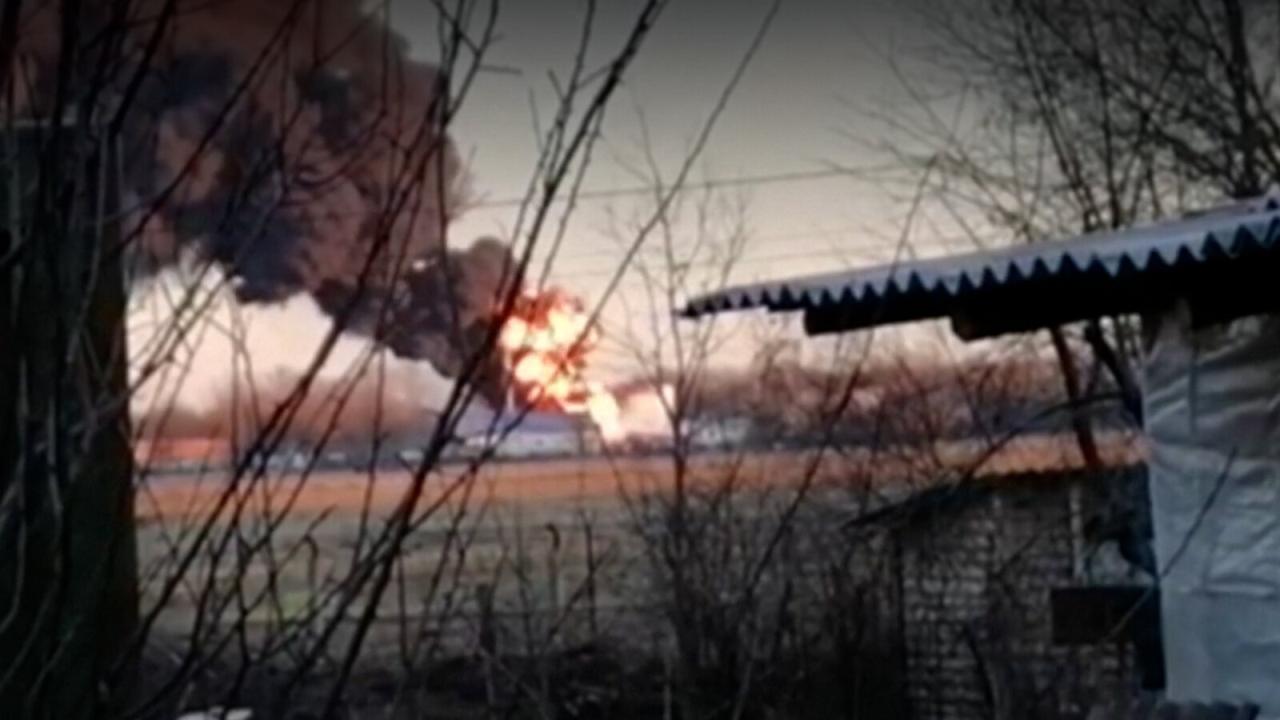
Russia has implemented a range of countermeasures to mitigate the effectiveness of Ukrainian drone attacks. These efforts include deploying electronic warfare systems to jam drone signals, improving air defenses, and increasing surveillance capabilities. The effectiveness of these measures varies, with some attacks still successfully penetrating Russian defenses. The Russian response to drone attacks in this conflict is evolving and adapting to the evolving nature of the attacks themselves.
International Implications and Reactions
The drone attacks have generated a range of international reactions, with some countries expressing concern about the potential for escalation and others focusing on the right of Ukraine to defend itself. These actions underscore the complexity of the conflict and the challenges in navigating the international legal and political landscape surrounding the use of drones in warfare.
- NATO: Expressed concerns about the escalation of the conflict but stopped short of direct military intervention.
- EU: Condemned the attacks while reiterating support for Ukraine’s sovereignty.
- United States: Provided intelligence and potentially some technological support to Ukraine, while carefully managing the risks of escalation.
The Role of Western Military Aid
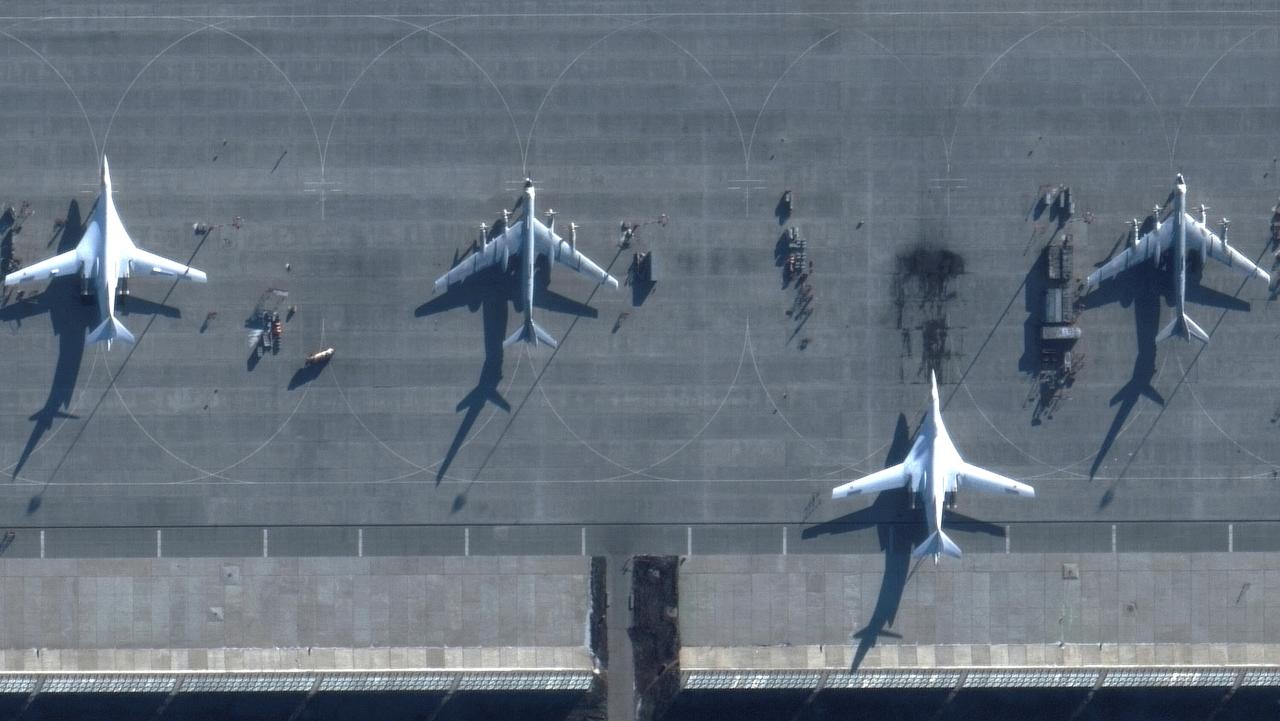
Western countries have provided significant military assistance to Ukraine, contributing to its ability to conduct drone attacks. This aid encompasses intelligence sharing, training, and potentially the supply of drones and related technologies. The impact of this support is evident in the increasing sophistication and range of Ukrainian drone operations.
| Country | Type of Aid | Amount | Impact |
|---|---|---|---|
| United States | Intelligence, training, potential drone technology | Classified | Significant improvement in Ukrainian drone capabilities |
| United Kingdom | Training, intelligence, potentially some equipment | Not publicly specified | Enhanced operational effectiveness |
| Canada | Training, some equipment | Not publicly specified | Contributed to overall Ukrainian capacity |
The ongoing Ukrainian drone attacks on Russia highlight a new phase in the conflict, characterized by asymmetric warfare and the increasing reliance on unmanned aerial vehicles. The effectiveness of these attacks, coupled with the international response and the evolving countermeasures employed by Russia, will undoubtedly shape the future trajectory of the conflict. Further analysis of the long-term impact on military strategies, geopolitical relations, and the overall dynamics of the war is crucial for understanding the broader implications of this evolving conflict.
Recent Ukrainian drone attacks on Russia have highlighted the increasing sophistication of unmanned aerial vehicles in modern warfare. The technology behind these attacks is constantly evolving, and advancements like those seen in commercial drones, such as the innovative capabilities offered by sky elements drones , could potentially influence future conflict scenarios. Ultimately, the use of drones in this conflict raises significant questions about the future of military technology and international security.
FAQ Summary: Ukraine Drone Attack On Russia
What is the estimated cost of these drone attacks to Ukraine?
Precise figures are unavailable due to the secrecy surrounding the operations and the variety of drone types employed. Estimates vary widely depending on the source and assumptions made.
What are the potential legal implications of these attacks under international law?
The legality of these attacks is complex and debated. International humanitarian law requires distinguishing between military and civilian targets, and minimizing civilian harm. The legality hinges on whether the attacks adhere to these principles.
Recent drone attacks on Russian territory by Ukraine highlight the increasing use of unmanned aerial vehicles in modern warfare. The sophistication of these attacks contrasts sharply with the incident at the Orlando drone show, where a orlando drone show malfunction caused a spectacular, albeit unintended, light show. This underscores the critical need for reliable drone technology, a necessity for both military operations and civilian entertainment.
The Ukrainian attacks, however, raise serious questions about the future of drone warfare and its potential for escalation.
How are these drone attacks impacting civilian populations in Russia?
While primarily targeting military infrastructure, some attacks have resulted in civilian casualties or damage to civilian property, leading to concerns about collateral damage and humanitarian consequences.
What is the role of open-source intelligence (OSINT) in tracking these attacks?
OSINT plays a significant role in verifying and analyzing information about these attacks, supplementing official reporting and providing independent verification of events.
